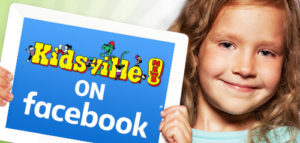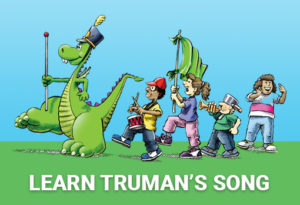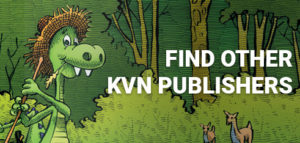Kidsville Connections February 2018
Everything around us is matter. Matter is anything that has mass and takes up space like air, food and paper. Matter exists in three major states: solid, liquid and gas. All matter is made up of atoms. How tightly the atoms are packed together determines something’s state. In solids, atoms are tightly packed together, and in gases the atoms are very loosely held together. Atoms are always in motion, so the closer the atoms are packed together, the less they can move. The less they move, the less energy and heat are generated by the movement. This movement is the reason that solids are colder, and gases are warmer. Liquids are somewhere in the middle. Warming or cooling matter can make it change its state. Solids hold their shape at room temperature. Liquids can take on the shape of a container – like water in a glass. Gases do not have a shape and can move around freely. Changing states of matter is also called a phase change. Heat and pressure can both affect the state of matter. Different matter changes states under different conditions. Some matter, like water, is easy to change in daily life. At room temperature, nitrogen is usually a gas, but it can be turned into a liquid at -320 degrees. There are more than three types of matter, but the others only occur in extreme circumstances. Plasma is an ionized gas. When matter is heated to a very high temperature, it changes the shape of the atom and makes it very unpredictable. Beam is a newly discovered state that isn’t understood, but it is different from the other states because atoms work together instead of randomly moving. To learn more about matter visit the sites below. Easy Science For Kids Science Trek Cool Kid Facts





